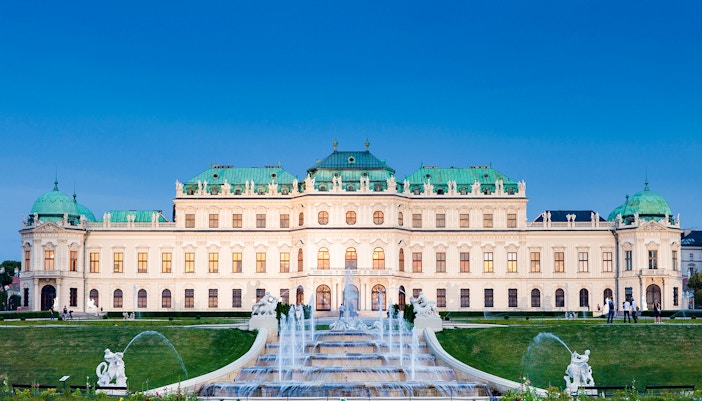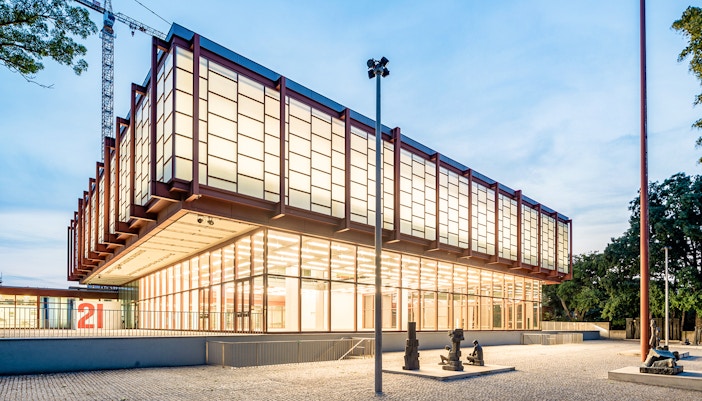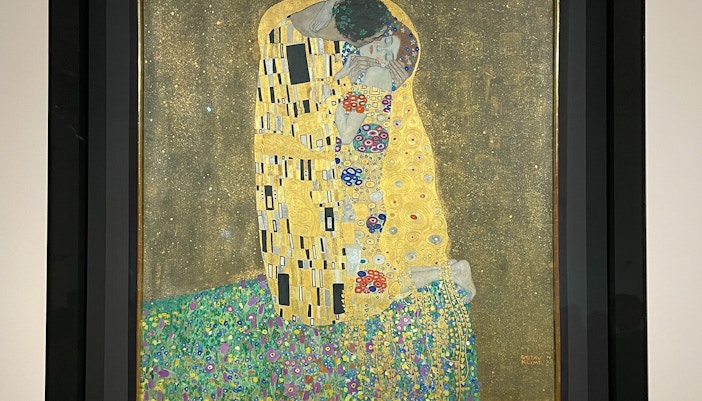Prince Eugene of Savoy was one of Austria's greatest military commanders and statesmen. He led the imperial to several vital wins over the Ottoman Empire and in the War of Spanish Succession. Under his leadership, the Austrian Army captured Belgrade and immortalized Eugene in the folk song 'Prince Eugene, the noble knight. The Austrian commander was also renowned for his love of art, culture, and science. His precious book collections are a vital part of the Austrian National Library, while Belvedere Palace, which was his summer home, attracts millions of visitors.
Belvedere Palace facts
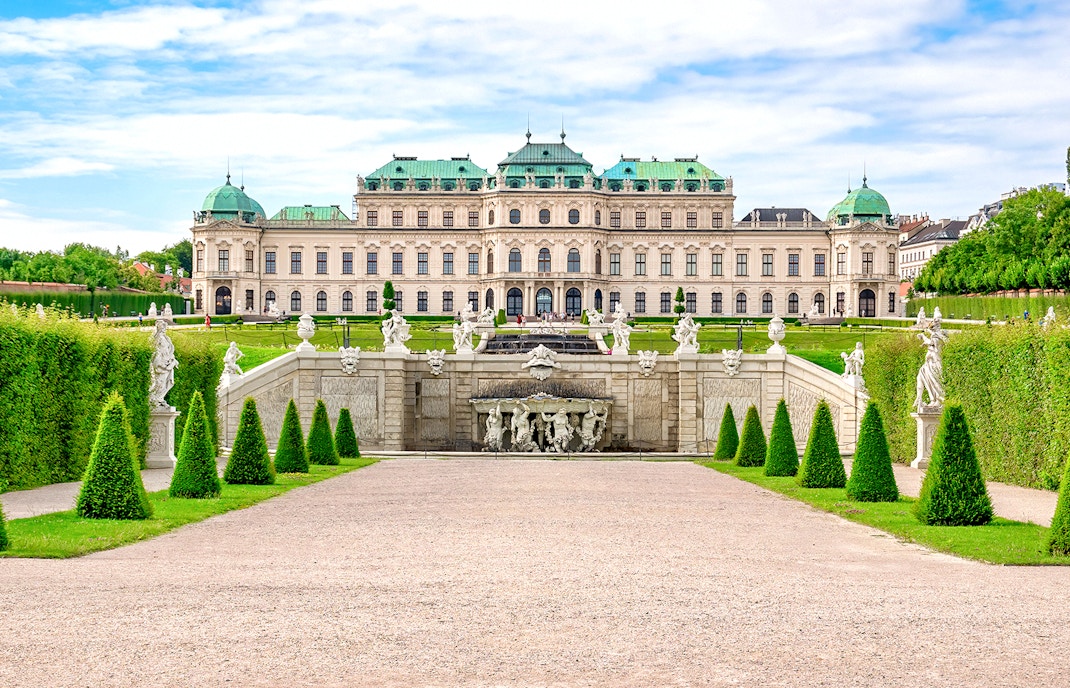
1. Summer Home of Prince Eugene of Savoy
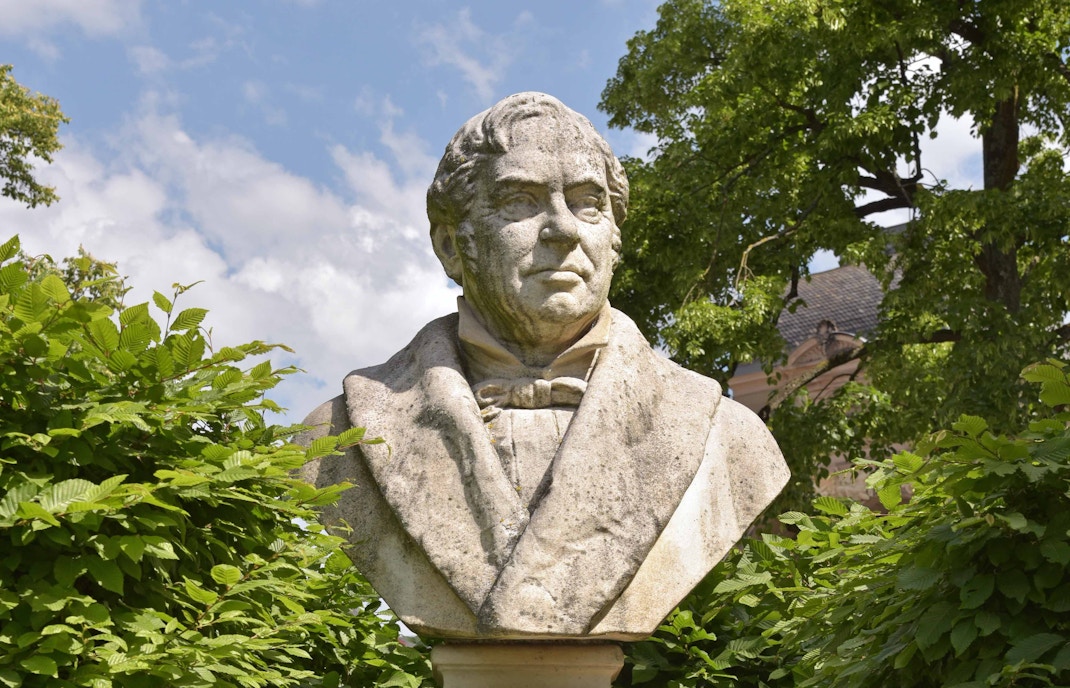
2. Built by Johann Lukas von Hildebrandt
Prince Eugene of Savoy had two names on his mind to construct Belvedere Palace - Johann Lukas von Hildebrandt and Johann Bernhard Fischer von Erlach. He chose the former as the chief architect because Hildebrandt had built several outstanding properties. The former student of Carlo Fontana, Hildebrandt, had previously built the Ráckeve Palace for the Prince on Csepel Island. He went on to construct numerous other structures, including Schloss Hof Palace, Schwarzenberg Palace, Kinsky Palace, and the Göttweig Monastery estate, during his imperial service. Briefly, he worked as a court architect in Vienna.
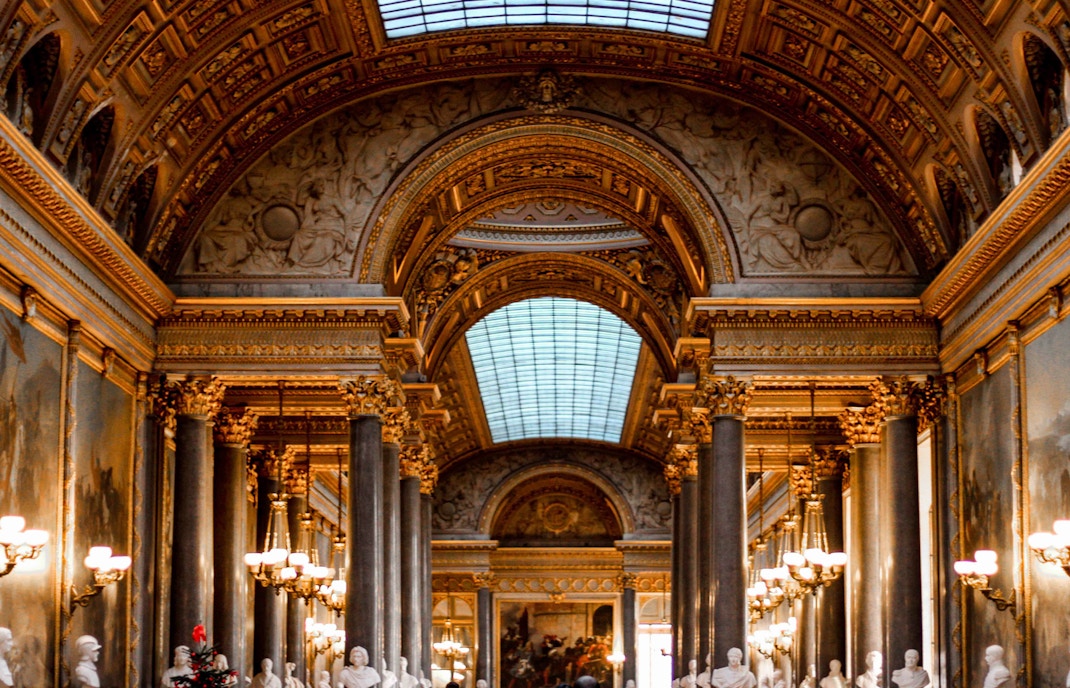
3. Inspired by the Chateau of Versailles with Austrian elements
Prince Eugene of Savoy demanded a masterpiece from Johann Lukas von Hildebrandt. Before designing the Palace, Hildebrandt took inspiration from several buildings but primarily focused his study on the Chateau of Versailles in Versailles, France. Belvedere Palace's complex is heavily inspired by the Palace of Versailles, built by King Louis XIV. However, Hildebrandt ensured that Austrian architectural styles were also embedded in Belvedere's construction. After working 10 years on the project, Hildebrandt finished the masterpiece he had promised Prince Eugene.
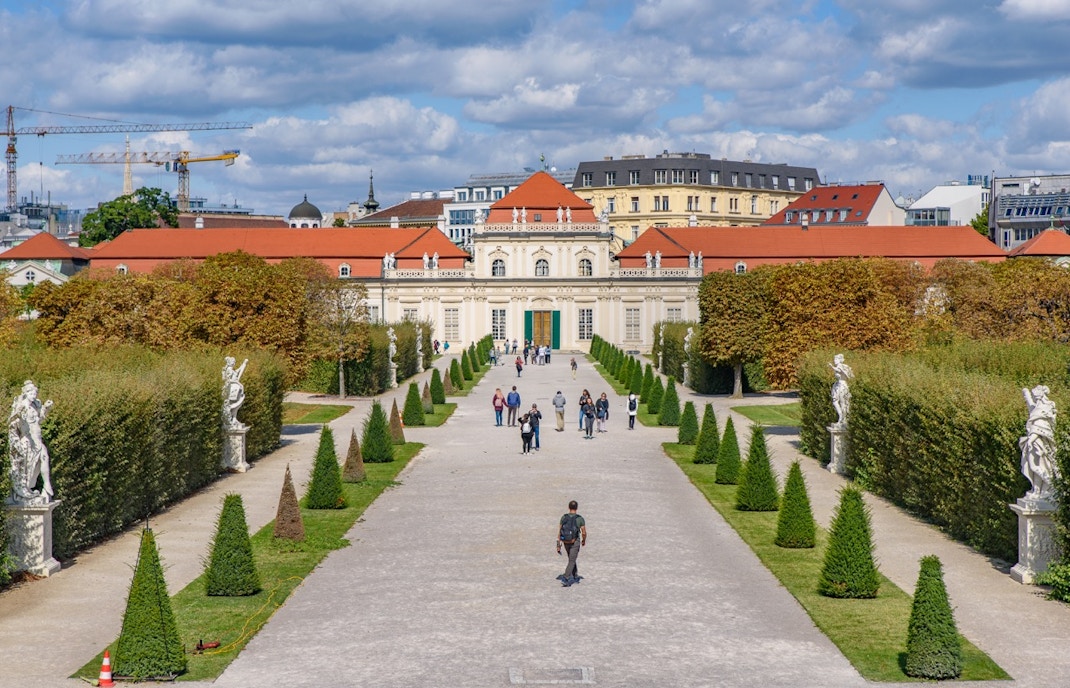
4. Prince Eugene's niece refused the Palace
Prince Eugene was the first resident of the Belvedere Palace. He lived for several years in the Palace but never made a will about the identity of its next residents. As a result, the Palace was offered to his niece, Princesses Maria Anna Victoria of Savoy. Surprisingly, Princess Maria didn't take the keys to the Belvedere. Maria Theresa later stepped in and bought the Palace. She transformed the Palace from a summer residence to an art gallery, opening it up to the public in 1781. This way, Belvedere Palace became the first public museum.
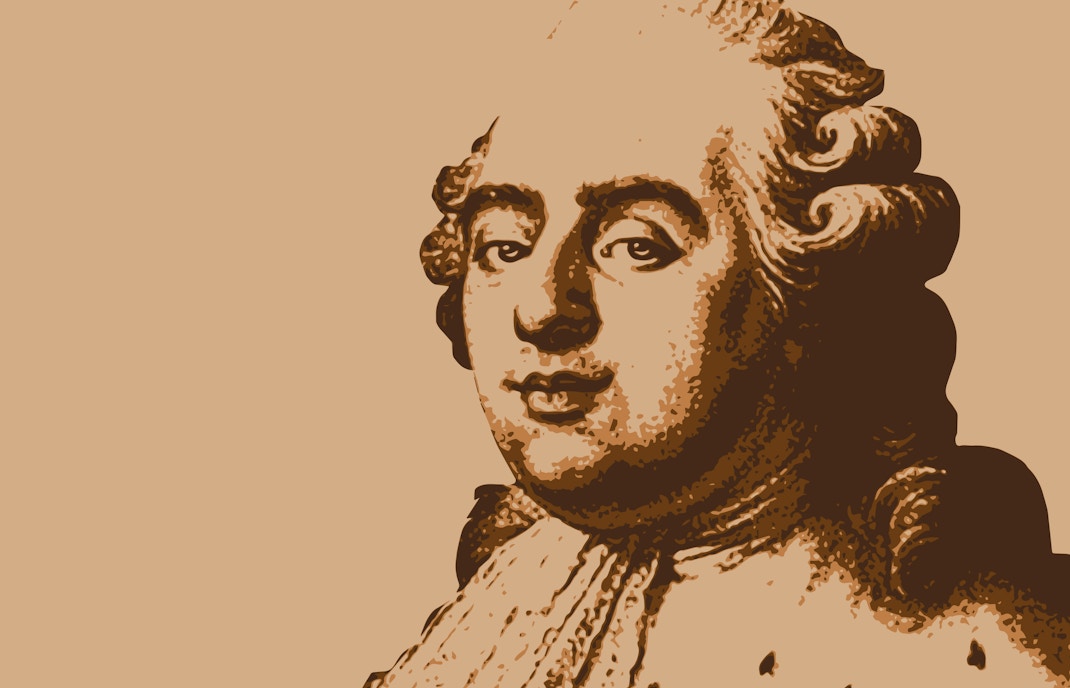
5. Housed notable personalities
After the death of Prince Eugene, the residents of Belvedere Palace changed rather quickly. In 1770, the site was used for a masked ball event to celebrate the marriage of Imperial Princess Marie Antonia to the French Dauphin, who later became Louis XVI. Later, during the French Revolution, Belvedere Palace was used as a refuge by French royalty, including Marie Therese Charlotte. In 1896, Emperor Fraz Joseph I designated the Palace as a residence for his nephew and heir apparent, Archduke Franz Ferdinand. Ferdinand was safe in the Palace until he left for Sarajevo, where he was assassinated, leading to World War I.
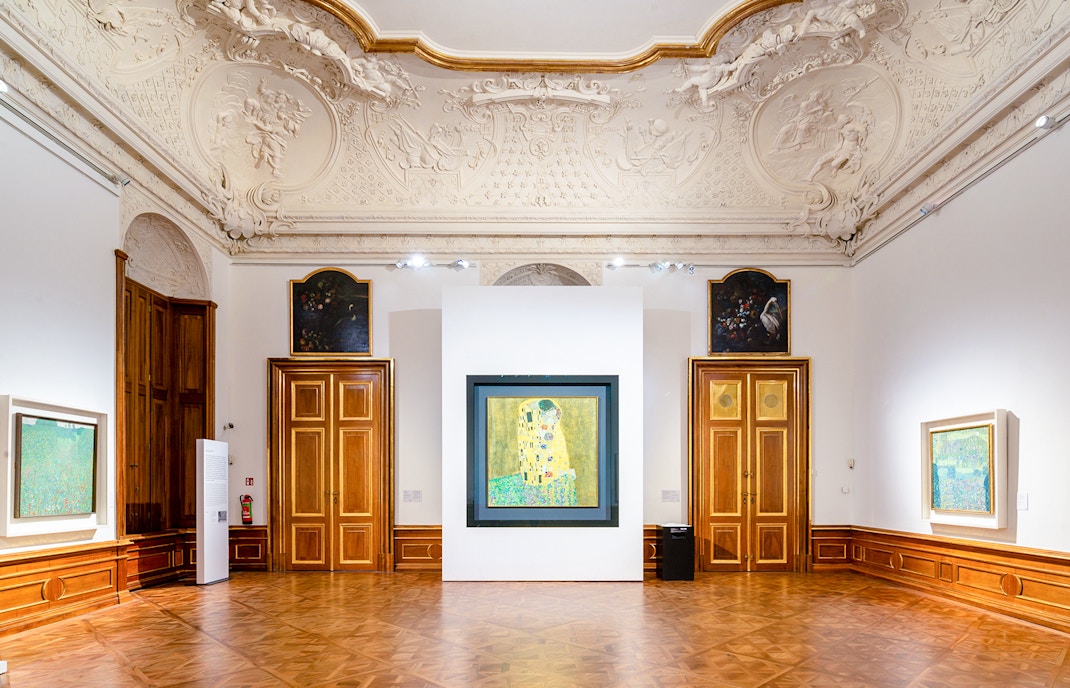
6. Almost destroyed by WWII bombings
World War II had a devastating impact on Europe. Vienna wasn't immune, with the entire city almost destroyed by the WWII bombings. The Belvedere Palace also suffered significant damage, with parts of the beautiful Marble Hall, which had a vast oval ceiling, destroyed by the bombings. The Hall of Grotesques in the Lower Belvedere suffered a similar fate, leaving the entire complex in tatters. Fortunately, renovations were carried out after the war, and the Österreichische Galerie was reopened in the Upper Belvedere on February 4, 1953. The Baroque Museum was opened in the Lower Belvedere in the same year.
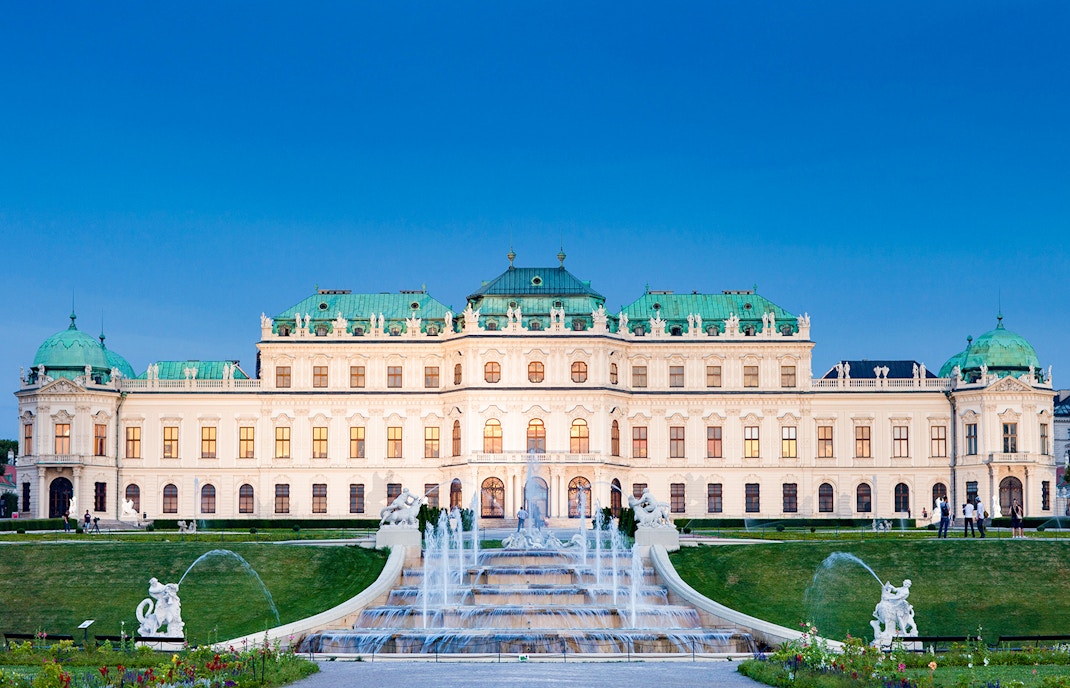
7. Made up of several buildings
Belvedere Palace is more than a single building. It is a vast complex spread over several acres, consisting of the Upper and Lower Belvedere and a large garden. They together make up one of Europe's finest Baroque structures. Each part of the complex served a different purpose. The Upper Belvedere was used for representation purposes, while the Lower Belvedere was Prince Eugene's residence. Inside the latter, you'll see the Groteskensaal, Marble Gallery, and Golden Room, which showcase Prince Eugene's opulence. Meanwhile, the iconic Belvedere Gardens are perfect for a stroll and feature magnificent sculptures and water cascades.
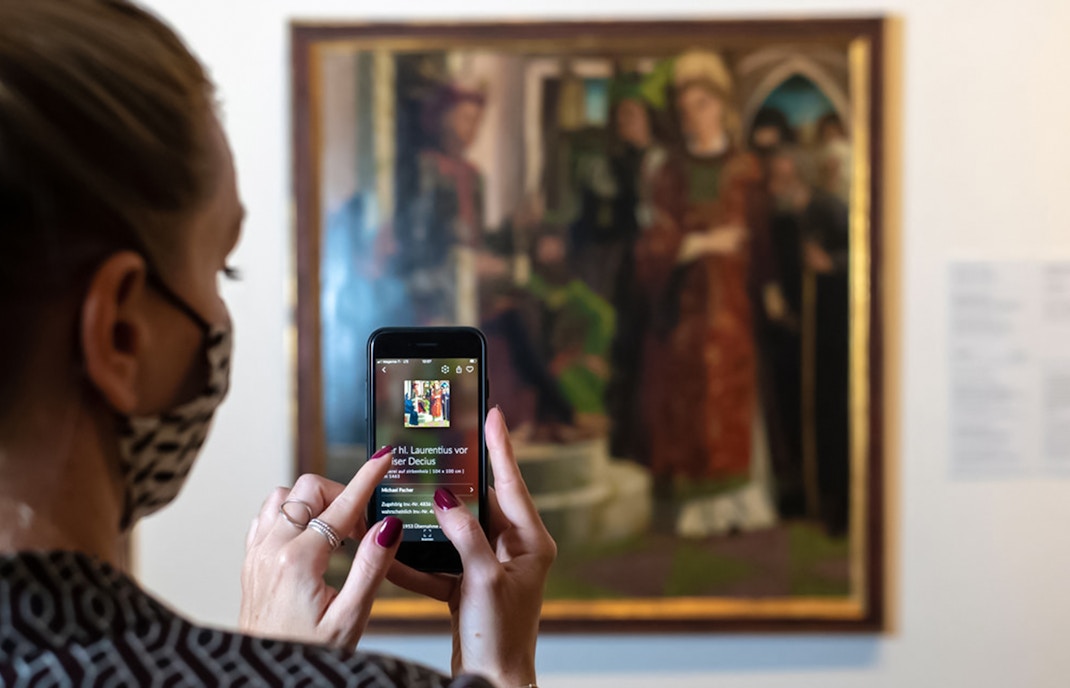
8. Prince Eugene's love for oranges
Prince Eugene was a charming personality. He was fond of art and culture: most of the artwork inside Belvedere Palace was part of his collection. Interestingly, the Prince was also fond of oranges. Yes, oranges. He ordered the construction of the Winter Palace, also known as the Orangery, next to the Lower Belvedere to protect his orange trees. The Orangery still exists but doesn't house oranges anymore. The house is now used for exhibitions and holds an invaluable collection of medieval sacred art.
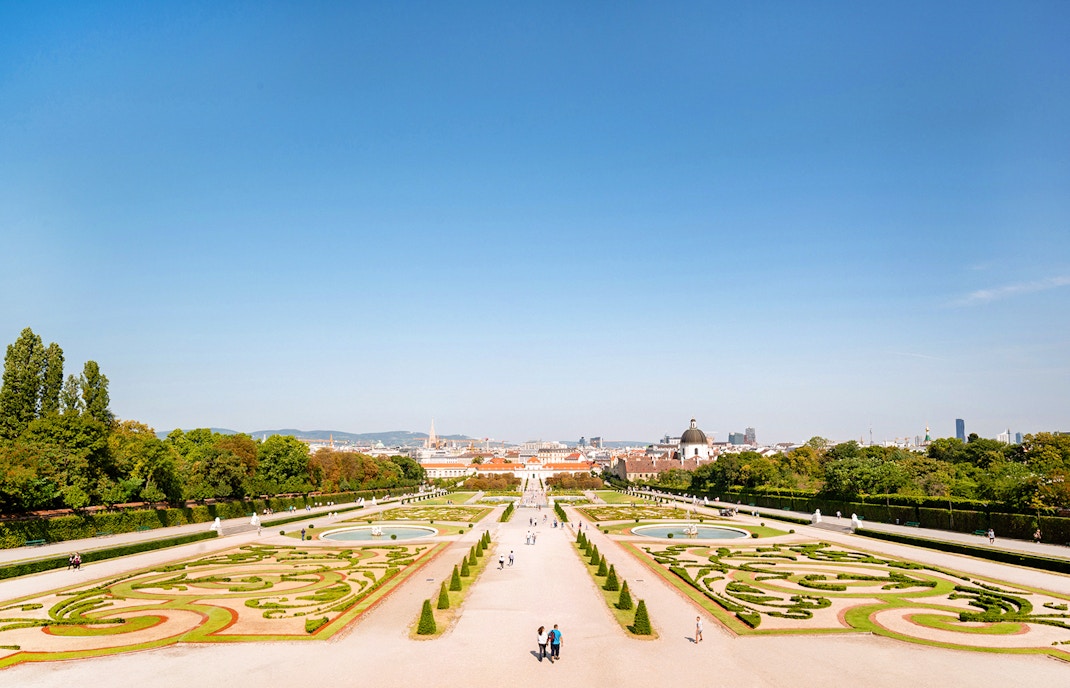
9. Home to Baroque Gardens
Belvedere Palace's baroque gardens are a sight to behold! They are considered among the finest baroque gardens in Europe and are designated as a UNESCO World Heritage Site. Connecting the Upper and Lower Belvedere, the gardens feature incredible sculptures, well-manicured hedges, and artistic flower beds. Water cascades and fountains are built in the middle of the garden, giving it a surreal feel. Don't miss the Alpine Garden, which lights up with the summer bloom between April and September. You can see over 4000 types of Alpine plants from different parts of the world.
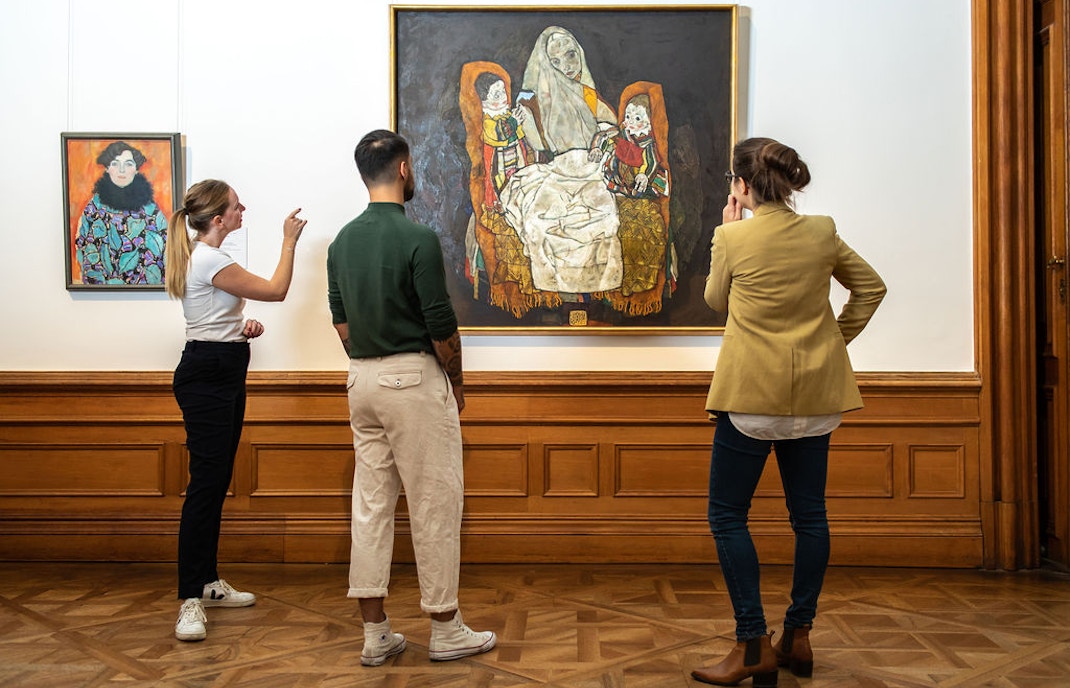
10. Showcases the best of Austrian art
Belvedere Palace is the biggest champion of Austrian art in the country. The Upper Belvedere, part of the larger Belvedere complex, contains extraordinary art collections comparable to the best in Europe. Most of the artwork inside the Palace was once part of Prince Eugene's personal collection. The art collections include works from the 16th and 17th centuries by Italian, Dutch, and Flemish artists. Belvedere is also home to the largest collection of Gustav Klimt paintings, including "The Kiss" and "Judith." On your tour, you'll also be introduced to art from the Middle Ages and legendary works by Monet, Van Gogh, Amerling, Fendi, and sculptor Franz Xaver Messerschmidt.
